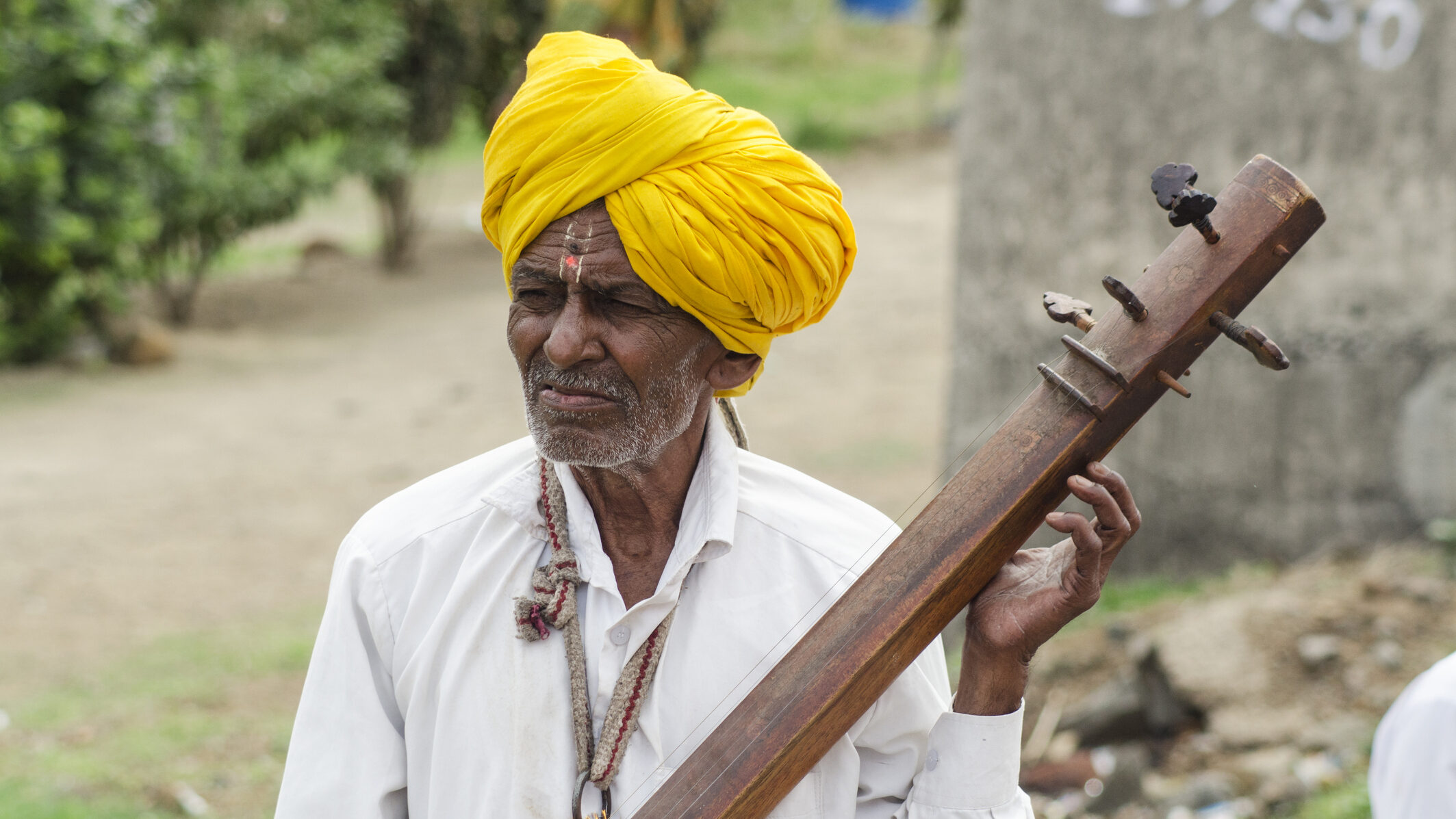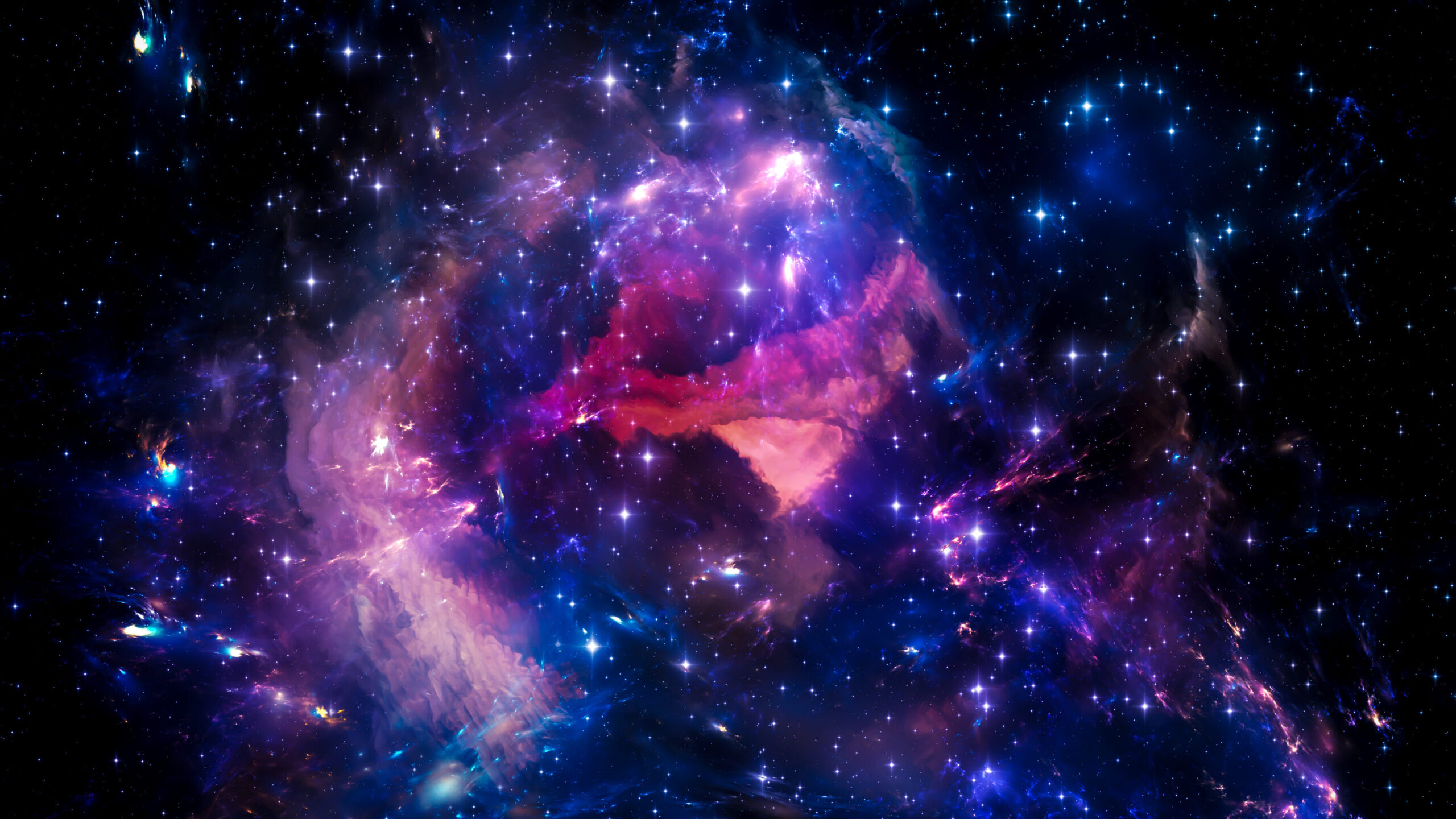
O Lord! You have given us many names of Yours to chant, investing them with all Your transcendental power, and there are no strict regulations as to when to chant or remember these names. Such is Your mercy, O Lord, but I am so unfortunate that I have not taste for this chanting.
Śrī Śikṣāṣṭakam, Verse 2
The Vedic story of the cosmic birth tells that at its creation the universe takes the form of sound. The purest energy of sound was not created and will never perish. It is an eternal vibration. It precedes the creation and will forever outlast it. The Truth of the universe is this sound vibration. Not because it is a message of truth about what is already there. But because this sonic energy, this Truth, is reality itself.
According to the Vedic story, the ancient ṛṣis, the enlightened seers and seekers of the Vedic tradition, entered into states of profound meditation, tuned their souls to the vibrations of the cosmos and heard these eternal sounds.
Continue reading



